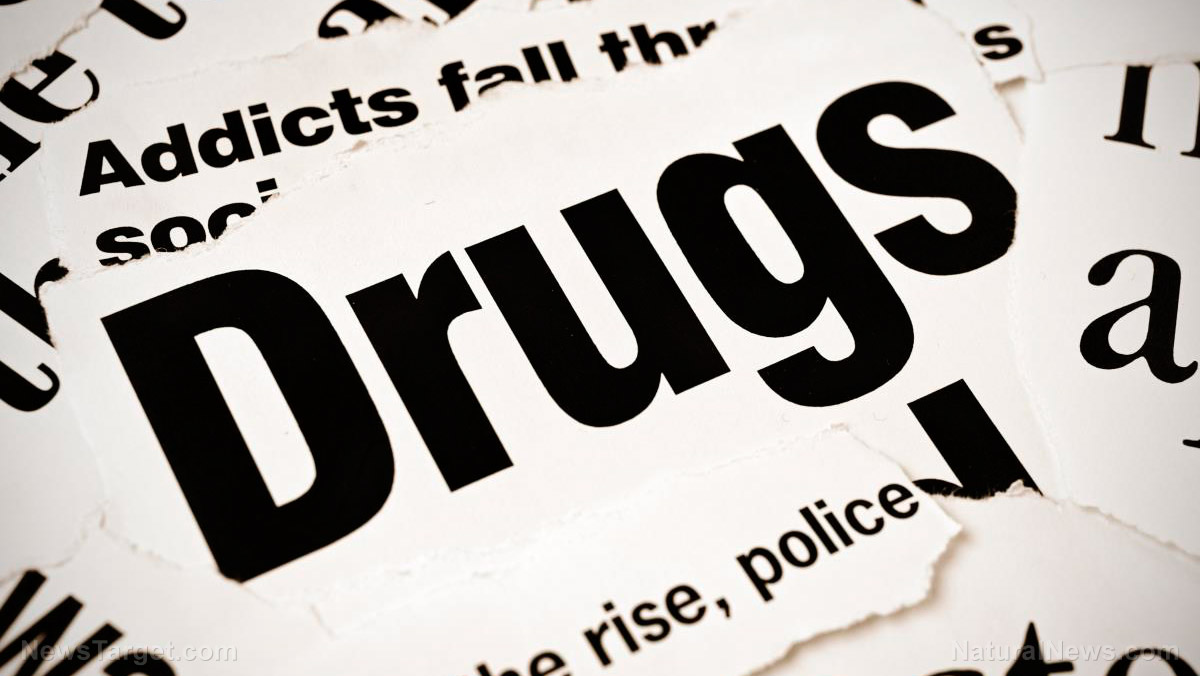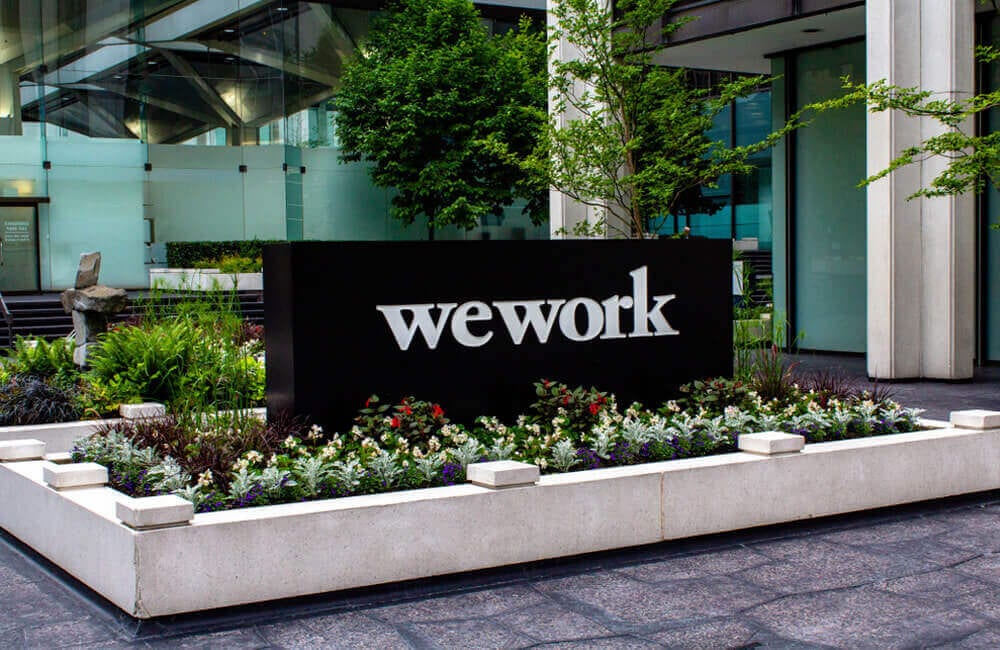
Reuters recently examined the case of Ross County, Ohio, which has seen its budget for child services doubling from $1.3 million to $2.4 million in just five years. Three fourths of the children placed into protection there come from parents with opioid addictions; that proportion stood at just 40 percent five years ago. The county’s general fund is only $23 million to begin with, so now they are considering places they can make cuts to foot the bill, and it appears that economic development schemes and youth programs could be axed as a result.
Meanwhile, the toxicology and autopsy costs in Indiana County, Pennsylvania, have gone from $89,000 in 2010 to $165,0000 in 2016, and prosecuting crimes related to opioids and providing public defenders to the accused is sending court costs through the roof. Mercer County, West Virginia, meanwhile, expects its county jail expenses to rise by $100,000 this year, with 90 percent of the extra costs said to be related to opioids. West Virginia led the nation in the number of drug overdoses for the third year in a row in 2015.
According to a 2011 study published in Pain Medicine, healthcare costs associated with prescription opioid abuse were $25 billion, while criminal justice system expenses were $5.1 billion. Workplaces, however, had the biggest cost, with lost earnings and employment amounting to $25.6 billion. The total cost of the crisis to the economy was estimated at the time to be $55.7 billion, and it’s only growing.
How did the situation become so dire?
Opioids – which include prescription painkillers as well as heroin and fentanyl – are 50 to 100 times more powerful than morphine, and they’re highly addictive. Many of those who find themselves caught up in their web started out with prescription painkillers and then moved on to drugs like heroin, and some pharmaceutical companies have been spending a lot of money encouraging doctors to prescribe these drugs through kickbacks and other incentives to create new addicts.
Their encouragements are clearly working; the National Survey of Drug Use and Health indicates that 97.5 million Americas took prescription painkillers in 2015. Opioid abuse is responsible for the deaths of more than 100 Americans each day, and drug overdose deaths have tripled since 2000.
Will Big Pharma ever be held accountable?
The city of Everett, Washington is one of many launching lawsuits against the makers of opioids. Everett is suing the makers of OxyContin for their role in the epidemic after experiencing unusually high numbers of overdose deaths. They are suing Purdue for negligence, saying they placed profits over the welfare of people and caused substantial damages to the city. The company already pleaded guilty in 2007 to charges it misled patients and doctors about the drug’s addictive properties.
Meanwhile, the attorneys general from 41 states are widening their investigation into the sales and marketing practices of the opioid industry. Five Big Pharma firms have been served subpoenas requesting information as investigators seek to find out if their actions exacerbated the epidemic. It’s about time they are held accountable for their contribution to this crisis, which is bankrupting our nation city by city and state by state, prompting fears that if nothing is done, American could collapse into a narco-pharma state.
Sources include:
Please contact us for more information.























